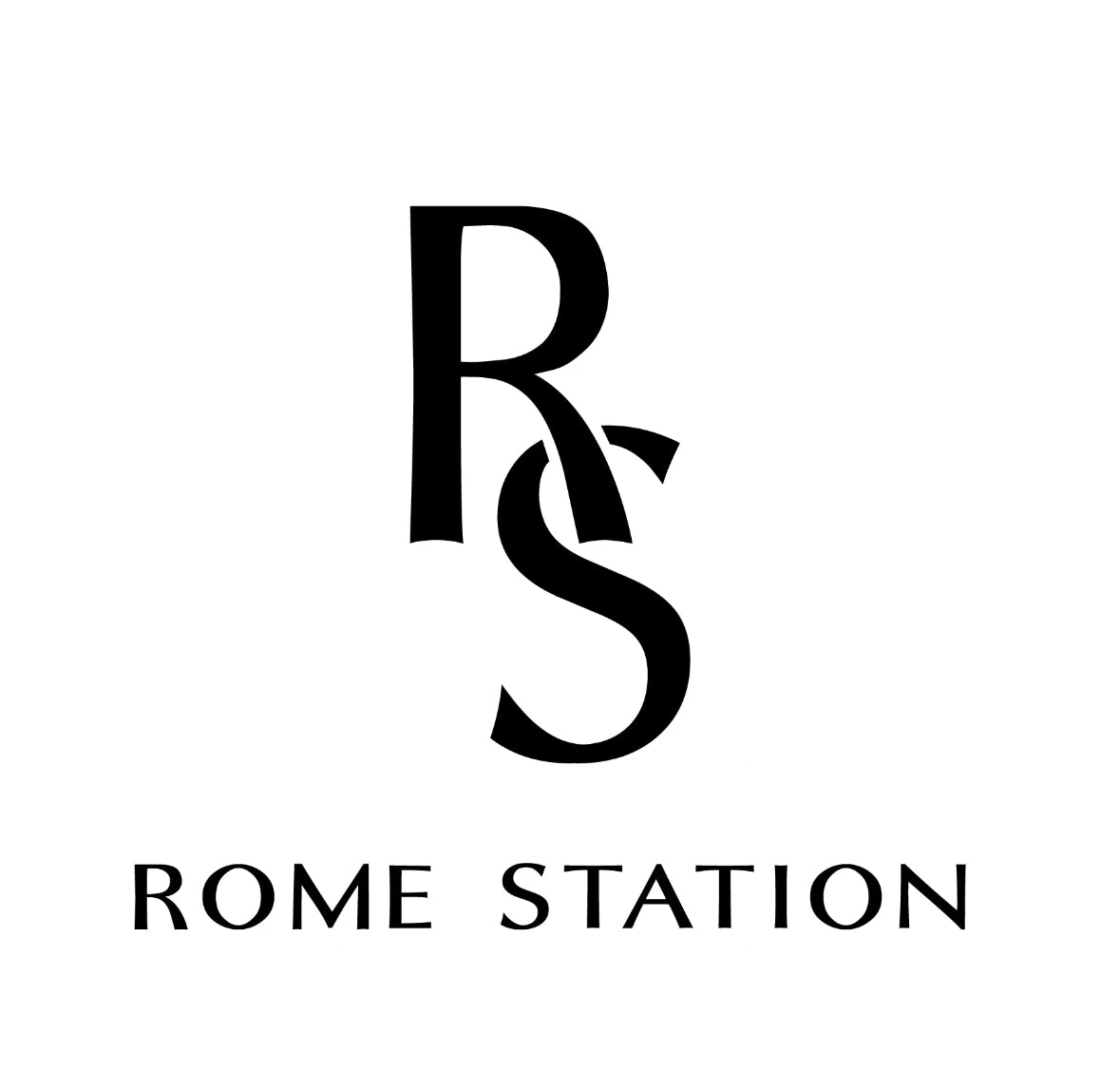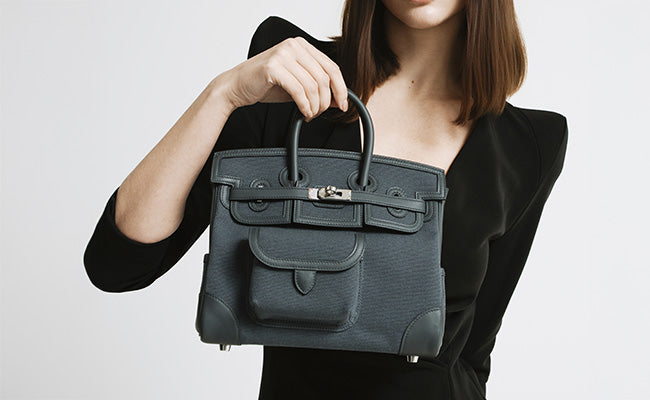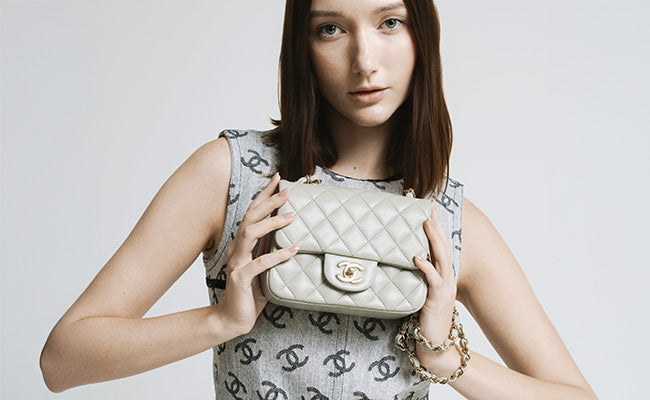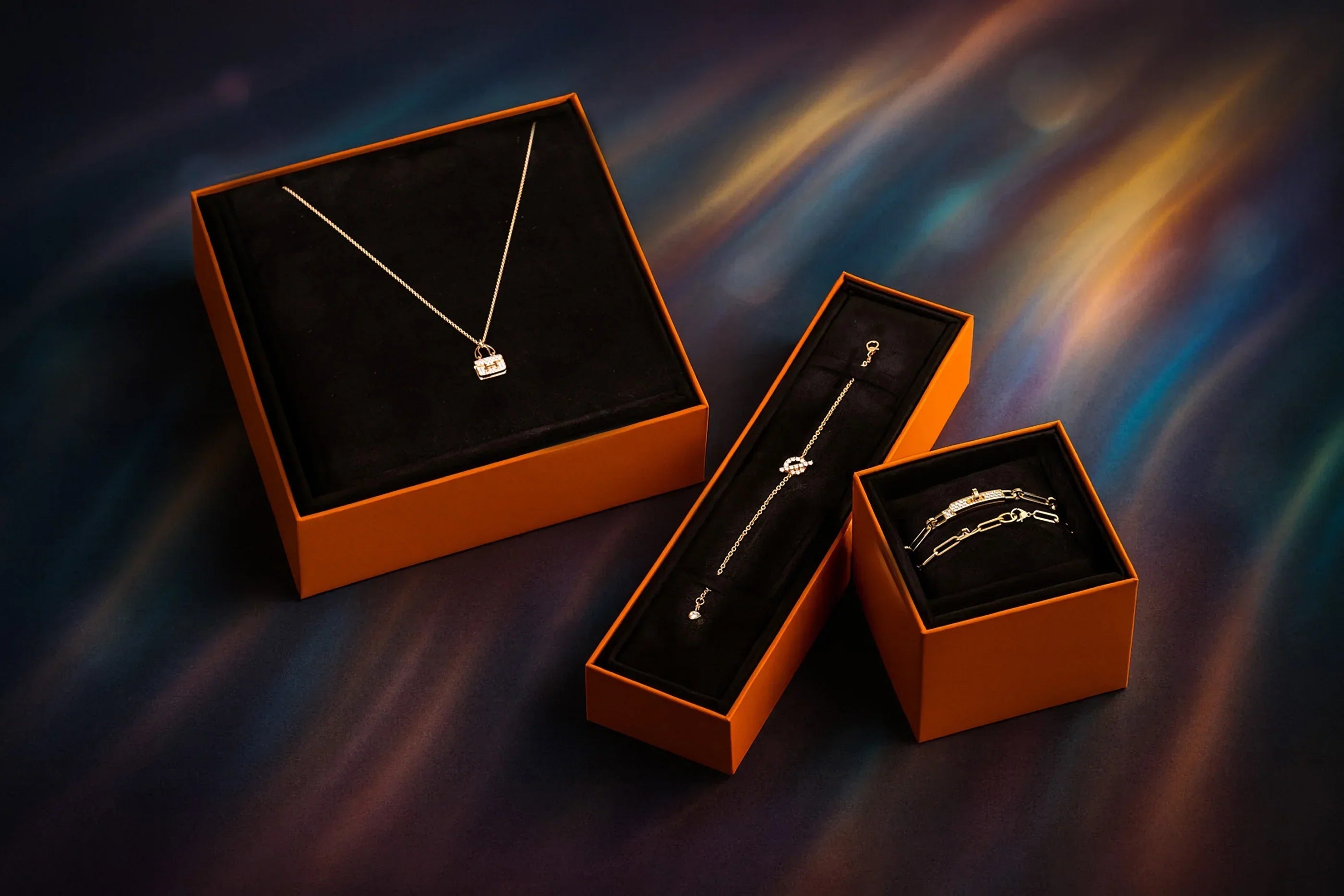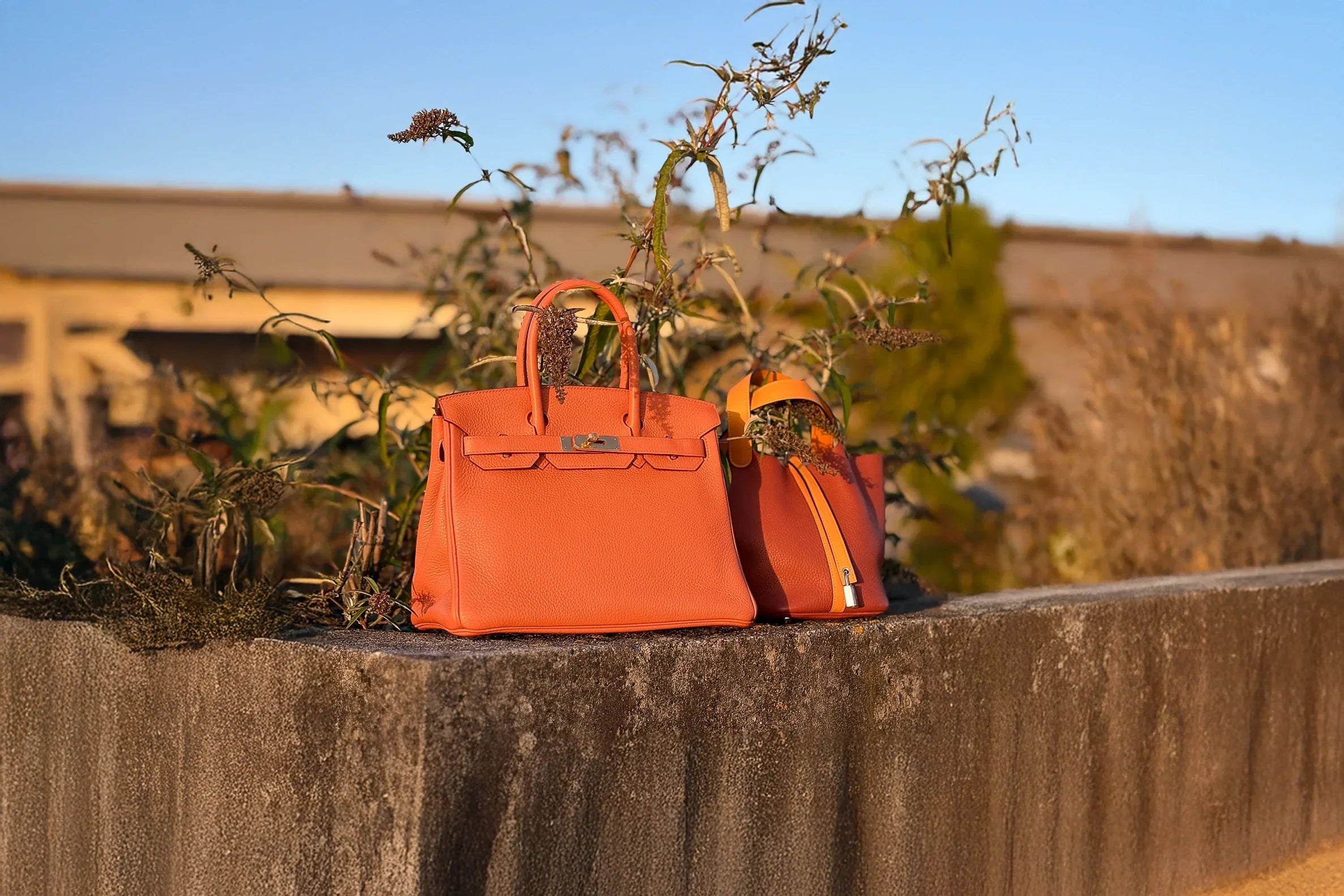
“Store Fresh” vs. New: What the Terms Actually Mean to Collectors
Check out our Hermès collection and Birkin bags!
You’ve probably seen the words “store fresh” and “new” tossed around in Hermès resale listings, sometimes right next to each other, sometimes as if they’re interchangeable.
But let’s be real, they’re not just fancy buzzwords, and they definitely don’t mean the same thing, even if sellers sometimes act like they do.
“Store fresh” usually means a bag’s never been carried or used but might’ve been handled in boutiques, shown to clients, or shuffled between locations. “New” tends to mean it’s never been touched at all since leaving the workshop.
That might sound like splitting hairs, but in this world, those hairs are worth thousands of dollars, and sometimes they’re the line between a dream bag and a headache.
If you’re putting down serious cash, sometimes more than you’d spend on a car, knowing exactly what you’re getting isn’t just nitpicking.
It’s the difference between a solid investment and an expensive disappointment. So, what do these terms actually mean, and why do collectors obsess over them? Let’s dig in.
Key Takeaways
- Store fresh bags haven’t been used but might show tiny signs of boutique handling or display.
- The language around condition can swing a bag’s value by thousands and shape its investment potential.
- Getting the condition right is essential for authentication and future resale. Ignore it at your peril.
"Store Fresh" vs. New: The Essential Differences
“Store fresh” and “new” might sound like the same thing, but in luxury collecting, they mean very different things for value and desirability. Store fresh bags have been handled or displayed, while new ones come straight from the workshop, untouched.
How Collectors Define "Store Fresh"
Store fresh? That’s a bag that’s been in a boutique, maybe tried on, maybe admired behind glass, but never actually sold or used. You’ll see perfect leather and hardware, but sometimes there’s a little dust or a faint mark from someone’s hand. Packaging might look slightly tired from being moved around, and sometimes that protective plastic is gone.
What makes a bag store fresh?
- Looks flawless with no obvious wear
- Might’ve been on display in a boutique
- Comes with all accessories, though they might’ve been handled
- Packaging could show minor storage wear
- Never actually owned or used by a customer
Store fresh bags usually cost 5-15% less than totally new ones. For most of us, they’re a sweet spot: you get top-notch quality, and unless you’re squinting under a magnifying glass, you probably won’t notice any difference.
What "New" Means in Luxury Collecting
New means untouched, period. No one’s tried it on, no one’s taken off the plastic, and the packaging is as crisp as the day it left Hermès. It smells like fresh leather, the accessories are exactly where they should be, and everything feels stiff and perfect.
Signs a bag is truly new:
- Plastic covers are still on every bit of hardware
- Packaging hasn’t been messed with
- No dust, no fingerprints, no signs of life
- Leather is stiff, not broken in at all
- Accessories are still perfectly arranged
New bags get the highest prices because, let’s face it, there’s nothing like opening a box and feeling like you’re the first human to touch what’s inside. They’re also easier to authenticate since everything matches the factory specs.
Why the Distinction Matters for Collectors
The “store fresh” vs. “new” debate isn’t just about being picky. It directly affects how much you’ll pay, how other collectors see you, and whether your bag will hold its value.
Impact on Value and Investment
Store fresh Birkins often sell for 20-30% more than retail. We’re talking zero signs of handling, flawless corners, hardware that’s never been touched.
| Condition | Premium Over Retail | Resale Speed |
|---|---|---|
| Store Fresh | 20-30% | Days to weeks |
| New | 10-15% | Weeks to months |
Even a tiny scuff can drop a bag from “store fresh” to just “excellent,” and that can mean losing thousands in value. Collectors who want their bags to appreciate go after store fresh pieces. They hold up better and attract the most demanding buyers when it’s time to sell.
Perceptions in the Hermès Community
Condition is a huge deal in Hermès circles. People who consistently buy store fresh bags get noticed. They’re seen as having access to the best stuff, maybe even a direct line to the boutiques.
Store fresh status is a bit of a flex. It says you know what you’re doing, and you’re not messing around. New condition is still respected, but store fresh gets more buzz in collector forums and social media. Resale sites know this too. Store fresh bags get prime placement and move faster.
How "Store Fresh" Condition Is Determined
Calling a bag store fresh isn’t just a guess. You’ve got to check hardware shine, plastic wrap, leather, and the whole packaging situation.
Key Characteristics of Store Fresh Items
Store fresh Hermès bags have hardware that’s shiny and scratch-free. The metal looks untouched.
The leather should be perfect: no corner wear, no handle marks, no surface scuffs.
Shape matters too. Store fresh bags don’t sag or crease; they keep their original structure.
Color should look vibrant. Store fresh pieces haven’t faded from light or time.
Inside, no dust, pen marks, or fabric wear. If the bag’s been handled too much, you’ll see it here.
The leather feels like it did in the boutique: supple, not softened or broken in.
Packaging, Stickers, and Presentation
Hermès dustbags should be there and look unused; no stains or wrinkles.
Tags and stickers need to be attached and in the right spots. If they’re missing or moved, that’s a red flag.
Plastic film should still be on the hardware. Hermès puts clear film on locks and keys, so if it’s gone, ask why.
Original box should be included and in good shape; no dents or tears.
Care booklets and authentication cards should look untouched.
Basically, the whole package should feel like you’re opening it in the boutique for the first time.
Unveiling "New": From Boutique to Personal Collection
The path from boutique to collector splits bags into different categories, and those details matter for value.
Direct-from-Store vs. Second-Hand Purchase
Buying directly from a boutique is the gold standard. You get everything, packaging, dust bags, receipts, all in perfect shape.
Boutique staff handle bags with gloves and care, so you know it’s been treated right.
Second-hand “new” bags are different. They might be unused, but the presentation isn’t always what you’d get from Hermès.
Here’s what can set them apart:
- Receipt included vs. no documentation
- Plastic on hardware vs. removed film
- Leather untouched vs. minor handling
- Original packaging vs. possible repackaging
Resellers sometimes call items “new” if they don’t see wear, but there’s a big difference between a bag that’s never left the boutique and one that’s been sitting in someone’s closet.
Handling, Display, and Home Storage
How you store your bag matters a lot. Good storage keeps it pristine, bad storage leads to problems.
Climate control helps prevent leather cracks and tarnished hardware. Keep things cool and dry.
If you display your bag, it’s going to pick up dust and maybe fade. Leaving it in its dust bag keeps it fresher.
Common mistakes? Sunlight fades color, humidity breeds mold, overstuffing warps shape, and stacking bags leaves pressure marks.
Even just handling a bag now and then leaves little traces: fingerprints, creases, you name it.
Pitfalls and Misconceptions to Avoid
Sellers sometimes blur these terms to boost prices, and buyers often mix up visual condition with true authenticity. If you’re not careful, you could pay way too much for a bag that’s not what it seems.
Common Seller Tactics and Marketing Spin
Sellers love vague terms. “Mint condition” on a bag with obvious wear? “Store fresh” for a bag that’s clearly been stashed at home for years? Happens all the time.
Watch out for:
- “Like new” but no close-ups of hardware
- “Never carried” but the handles are darkened
- “Rare find” for a color that’s everywhere
- “Investment piece” used to justify sky-high prices
Some sellers use perfect lighting, avoid close-ups of problem spots, or use stock photos to hide flaws.
They might also list fake “retail” prices to make their markup look smaller. Always check actual Hermès prices yourself.
Online platforms reward listings with buzzwords, so sellers pile them on even if the bag’s nothing special.
Verifying Authenticity and Condition
Authentication services help, but they’re not perfect. For expensive bags, get a service that looks at the real thing, not just photos. Fakes are getting too good.
What we check:
- Date codes match the year claimed
- Hardware feels solid, engravings are deep
- Leather grain feels and looks right
- Stitching is precise
Store fresh means no signs of use. Corners, hardware, and plastics should all look untouched. Anything less? It’s not store fresh.
Don’t just take the seller’s word. Ask for close-ups of corners, handles, clasps, and the inside. Good sellers provide these without hesitation.
Missing documentation isn’t always a dealbreaker, but it does drop the value. If something feels off, trust your gut and move on; there are always more bags.
Tips for Evaluating and Buying Store Fresh and New
Ask the right questions and check the paperwork. That’s how you avoid expensive mistakes.
Questions to Ask Luxury Sellers
First things first: where’s the bag been stored, and for how long? Store fresh bags should have a clear, short history: ideally just in a boutique or a climate-controlled space.
Ask if anyone’s ever carried it, even for a few minutes. True store fresh means barely handled outside the boutique.
Some questions to ask:
- Was it always in its original dust bag?
- Are the protective films still on the hardware?
- Has anyone tried it on or taken it outside?
- Are all original accessories included, untouched?
Ask for lots of photos of hardware, corners, anywhere wear might show up. Store fresh bags shouldn’t have finger smudges or creases.
Don’t be shy about asking for extra authentication. A good seller won’t mind.
What to Look for in Boutique Receipts
Hermès receipts have details that confirm authenticity and history. Look for the boutique location, sales associate name, and exact date.
You want:
- Full item description with color codes
- Leather type and hardware details
- Itemized price with taxes
- Boutique stamp and associate’s signature
Recent receipts matter for store fresh status. If a bag was bought years ago and stored, it’s not the same as a recent boutique find.
Be wary of altered or reprinted receipts. Real Hermès receipts are on thermal paper and fade over time, but shouldn’t look edited.
Check that the bag’s blind stamp matches the purchase year. If the dates don’t line up, ask questions.
Frequently Asked Questions
Collectors get tripped up by the “store fresh” vs. “new” thing all the time, especially when it comes to value and investment. On ultra-luxe bags, these details can mean thousands of dollars.
How do 'Store Fresh' pieces differ in value from 'New' items in the ultra-luxe market?
Store fresh bags usually fetch higher prices than “new” ones. Store fresh means it looks like it’s sitting on the boutique shelf, never carried or used.
New bags might have tiny handling marks or have been owned before. Store fresh pieces can retain almost all their retail value. Sometimes 95-100%. New items might be closer to 85-95%.
For Hermès, a store fresh bag can be worth $2,000-5,000 more than a new one. The untouched hardware and that special leather smell really do matter.
Can a collector expect 'Store Fresh' items to appreciate more quickly than 'New' ones?
Store fresh bags tend to appreciate faster because they start out at a higher value. Collectors chasing perfection want them first.
Over time, the gap widens. Store fresh Birkins in classic colors might go up 5-8% a year, while new condition bags might only see 3-5%.
Limited editions in store fresh condition? Sometimes they double in value in two or three years. New condition versions of the same bag usually take longer to catch up.
What's the inside scoop on procuring 'Store Fresh' collectibles from exclusive boutiques?
Building relationships with boutique staff really matters here. You need a steady purchase history and, honestly, a lot of patience; sometimes it takes years.
Boutiques usually offer Store Fresh pieces to their best clients first. VIPs often grab items before they ever hit the shelves.
Some stores keep Store Fresh inventory tucked away for loyal customers or special moments. If you’re open about color or leather choices, your odds go way up.
In terms of investment, how does the condition of 'Store Fresh' versus 'New' impact future resale?
Store Fresh items tend to keep their premium as time goes on. They're simpler to authenticate and photograph for online listings.
The difference in condition grows with the years. A Store Fresh bag selling for $25,000 now could reach $35,000 in five years, while a New one might only get to $30,000.
People pay more for Store Fresh because there’s no mystery, no worrying about hidden damage or past owners.
Are there specific care tips to keep 'Store Fresh' luxury items in pristine condition?
Keep items in their original dust bags and boxes when you’re not showing them off. Stable climate’s important. Avoid humidity swings and don’t let them sit in direct sunlight.
Try to handle them as little as possible, and always with clean hands. Even natural skin oils can mess with leather over time.
For Hermès bags, use acid-free tissue to help them keep their shape. If the hardware came wrapped in film, leave it on as long as you can.
What savvy moves can collectors make to differentiate between 'Store Fresh' and 'New' when shopping?
Start by checking for the obvious signs of use; corner wear, faint handle marks, or tiny scratches on the hardware. Store Fresh pieces just don’t have these.
Give the leather a sniff and peek inside. That untouched, almost intoxicating leather scent and a spotless interior can be pretty telling. Many Store Fresh bags still have those little protective films clinging to the hardware, and the leather hasn’t been stretched or shaped by use.
Don’t be shy; ask for provenance. Store Fresh bags should come with all the original stuff: receipts, tags, boxes, and dust bags. If something’s missing, it might mean the bag’s already had a previous life.
